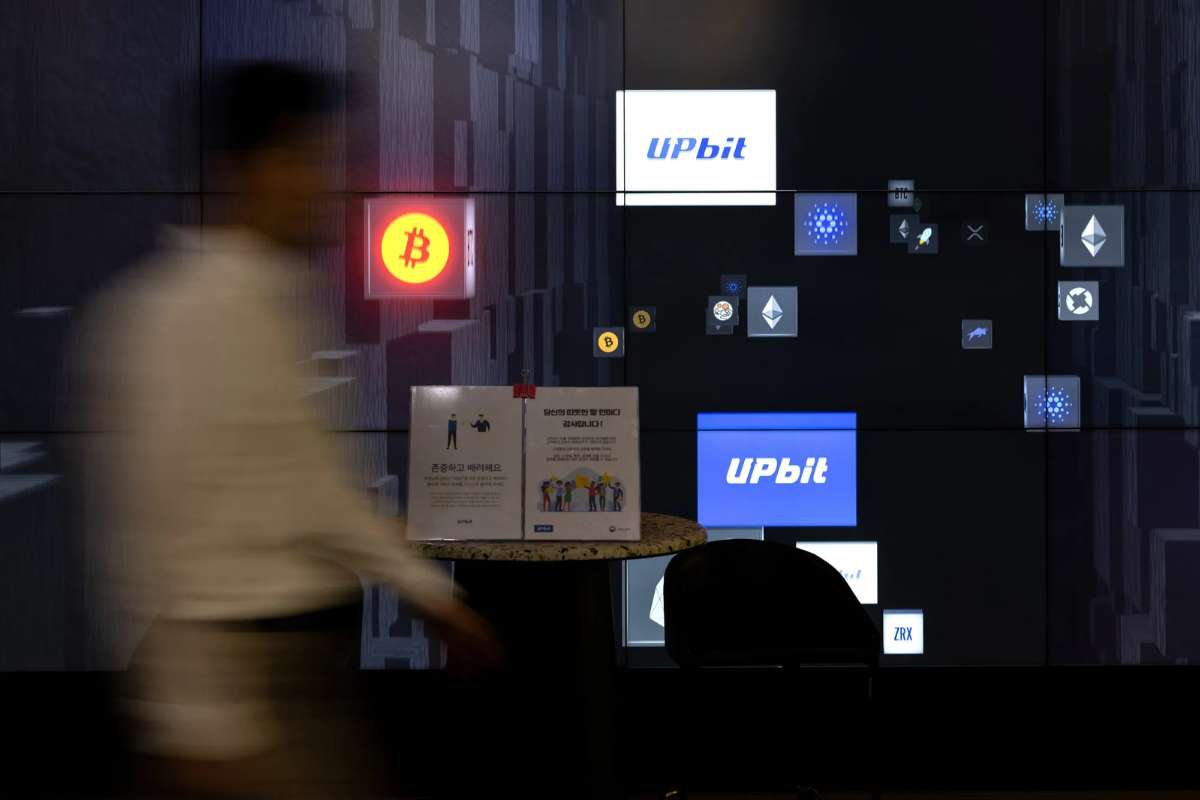Suffolk County Council confirmed on Tuesday that its website and several online services were disrupted following a cyber-attack. The authority said the incident, identified as a denial-of-service (DoS) attack, temporarily prevented residents from accessing its site as specialists worked to restore normal operations.
Nature of the Attack
According to a council spokesperson, the attack was carried out by overwhelming the council’s website with excessive traffic requests, a common tactic used in DoS incidents. Unlike data breaches, which seek to steal sensitive information, denial-of-service attacks are designed to make online systems unavailable to legitimate users by flooding them with traffic beyond their capacity to manage.
The council emphasized that it was actively working with technical teams to stabilize its systems and ensure that critical services could be restored quickly. While the disruption created inconvenience for residents seeking access to council information or online resources, no personal or financial data was reported to have been compromised.
A group on social media claimed responsibility for the attack, stating that it had “dropped” not only Suffolk County Council’s website but also those of Suffolk Chamber of Commerce and Harwich Town Council in Essex. Although such claims are common following incidents of this kind, official confirmation of the group’s involvement has not yet been established.
DoS attacks are often opportunistic and may target multiple organizations simultaneously, particularly public-facing institutions such as councils and community services. In this case, the simultaneous disruption to different websites suggests a coordinated effort to create visibility and disruption rather than to compromise secure systems.
Impact on Services
The outage limited access to a range of online services offered by the council, including local information, service requests, and digital forms. For residents, this meant delays in accessing council updates and using web-based portals that typically streamline day-to-day interactions with local government offices.
While the downtime has been inconvenient, Suffolk County Council assured the public that alternative support methods remained available. Telephone lines and in-person services were not affected, allowing residents to continue accessing essential functions while the website was offline.
Broader Cybersecurity Context
The attack on Suffolk County Council highlights an increasing trend in which local government websites are being targeted by cyber actors seeking to cause disruption rather than financial gain. Public institutions are frequent targets due to their role in delivering essential services and their visibility in the community.
In recent years, DoS attacks have been reported against schools, hospitals, and utility providers, underscoring the importance of robust cybersecurity strategies for organizations of all sizes. Even when personal data is not at risk, service disruption can have tangible impacts on citizens and communities.
For Suffolk County Council, the focus now is on restoring its website fully and strengthening defenses to reduce the likelihood of future incidents. By investing in resilience and monitoring, organizations can limit downtime and ensure that essential digital services remain accessible even under pressure from malicious actors.
Moving Forward
As of Tuesday evening, restoration work was ongoing, and the council reiterated its commitment to maintaining services for residents. While DoS attacks do not typically result in long-term damage, they serve as reminders of the vulnerabilities that exist in digital infrastructures and the need for continuous investment in protection.
For businesses, community groups, and public sector organizations alike, the Suffolk County Council incident illustrates how quickly online services can be disrupted. The lesson for all organizations is clear: resilience planning and cybersecurity preparedness are now critical components of modern operations.
Visit CyberPro Magazine For The Most Recent Information.






